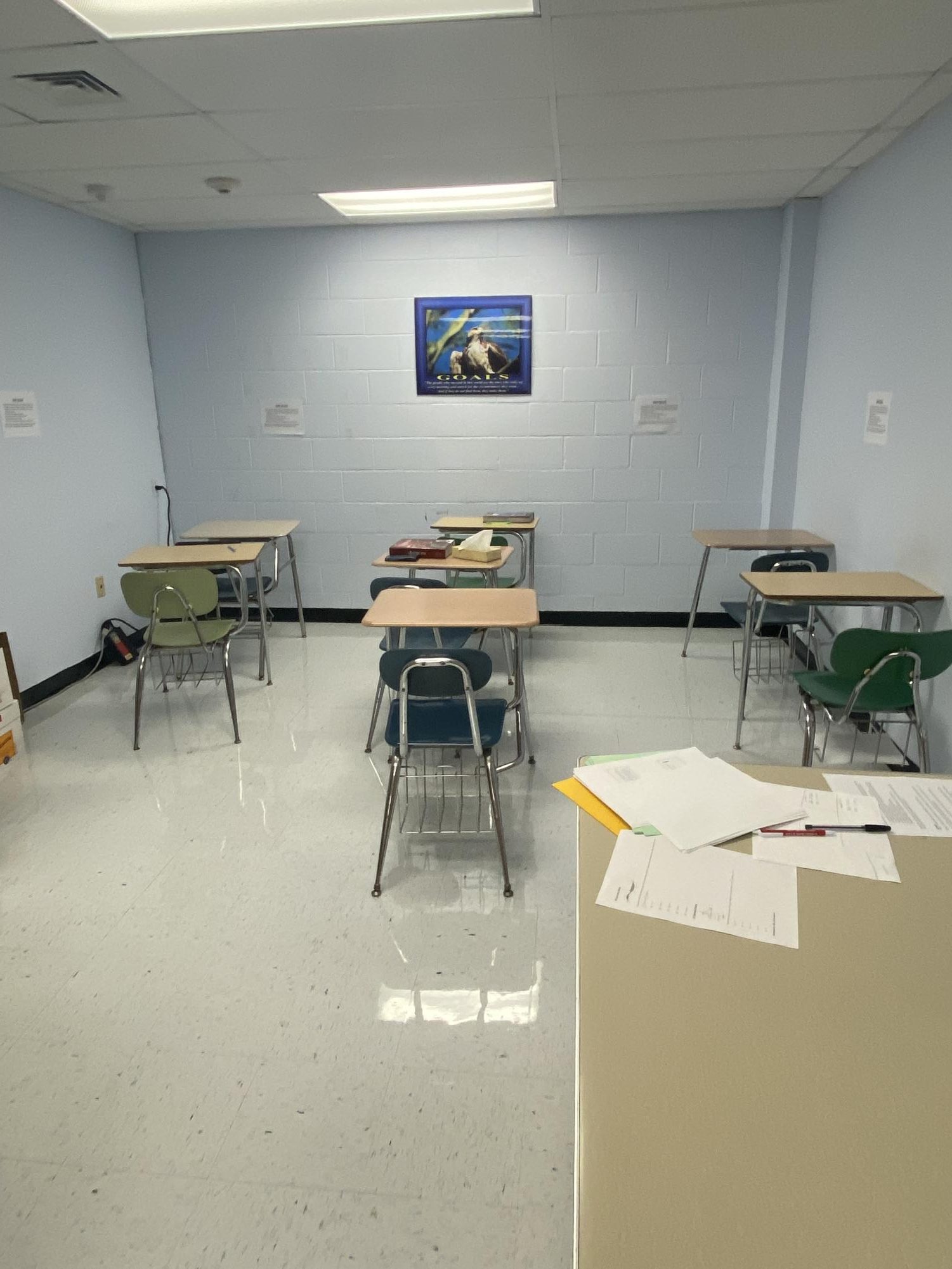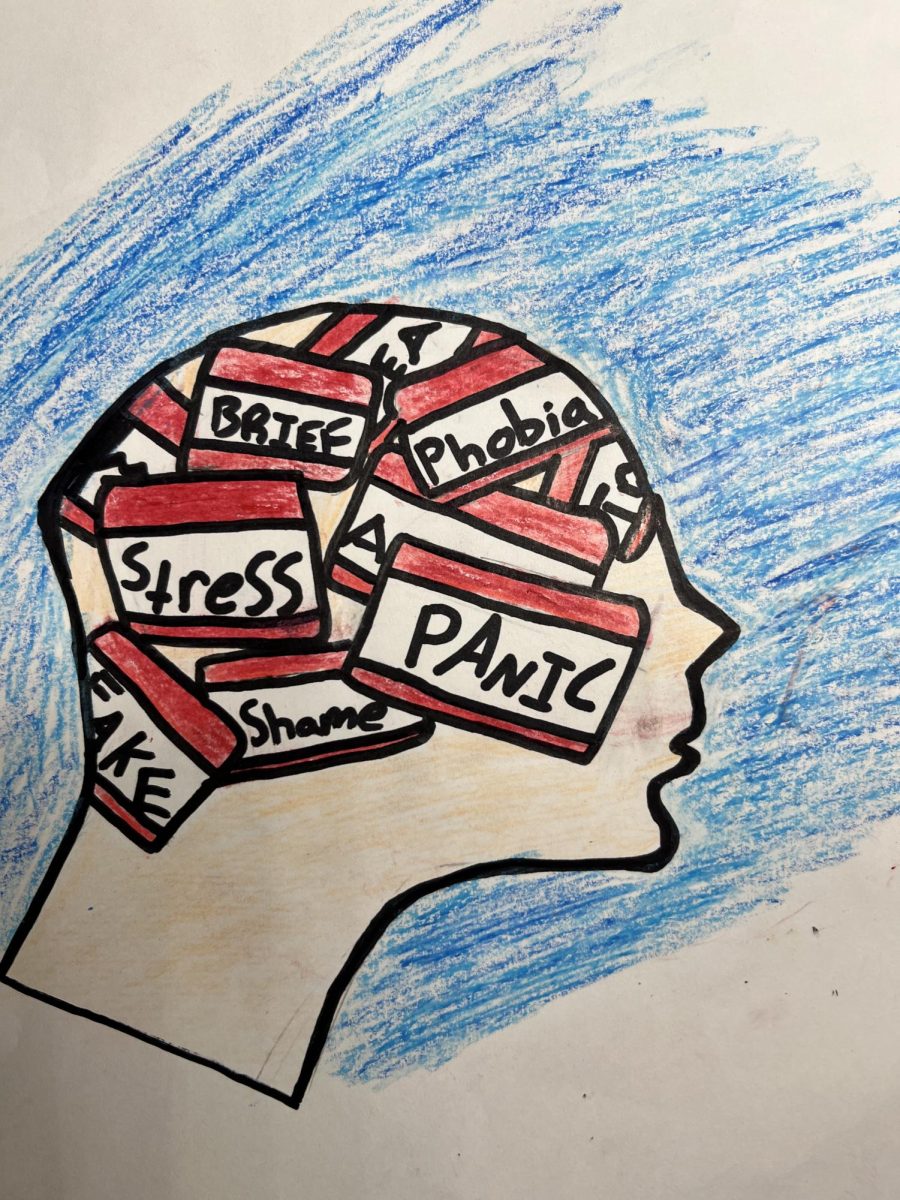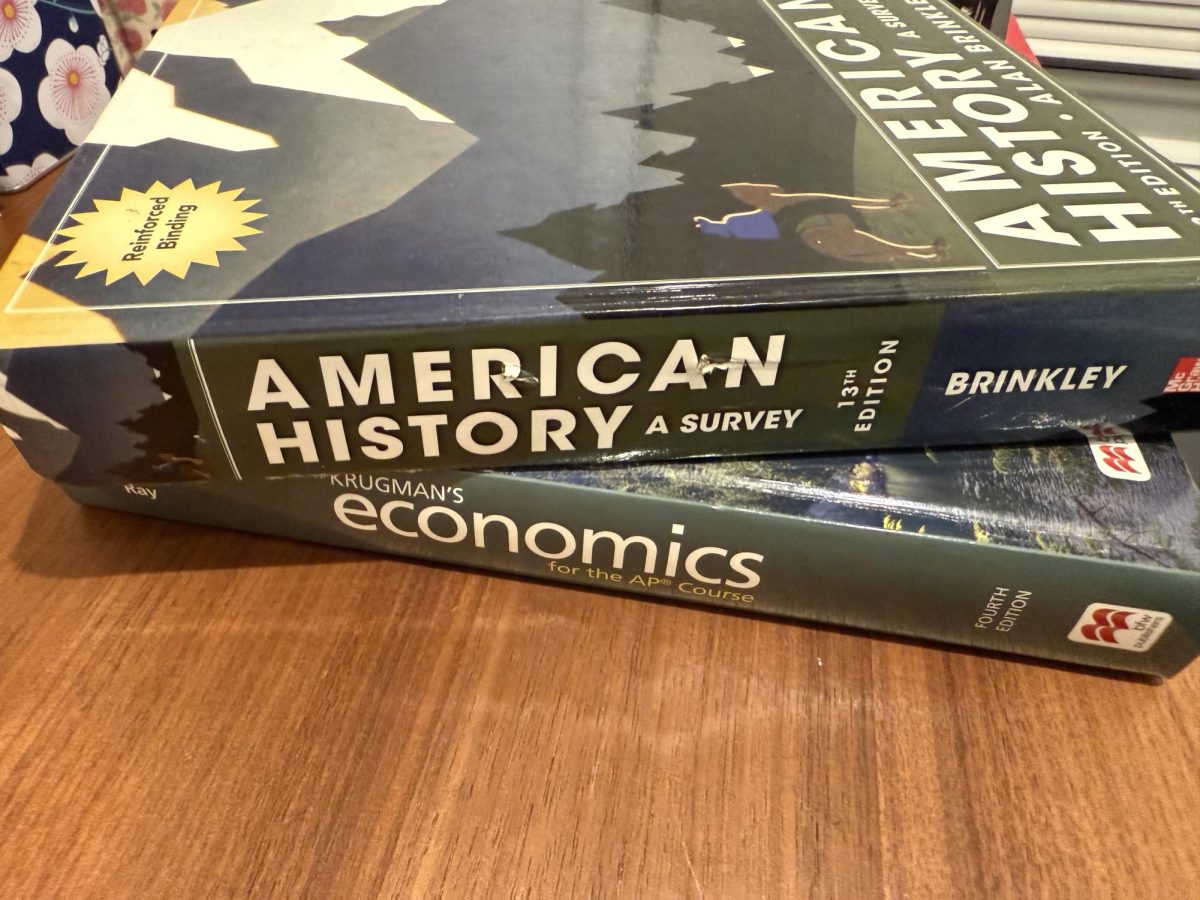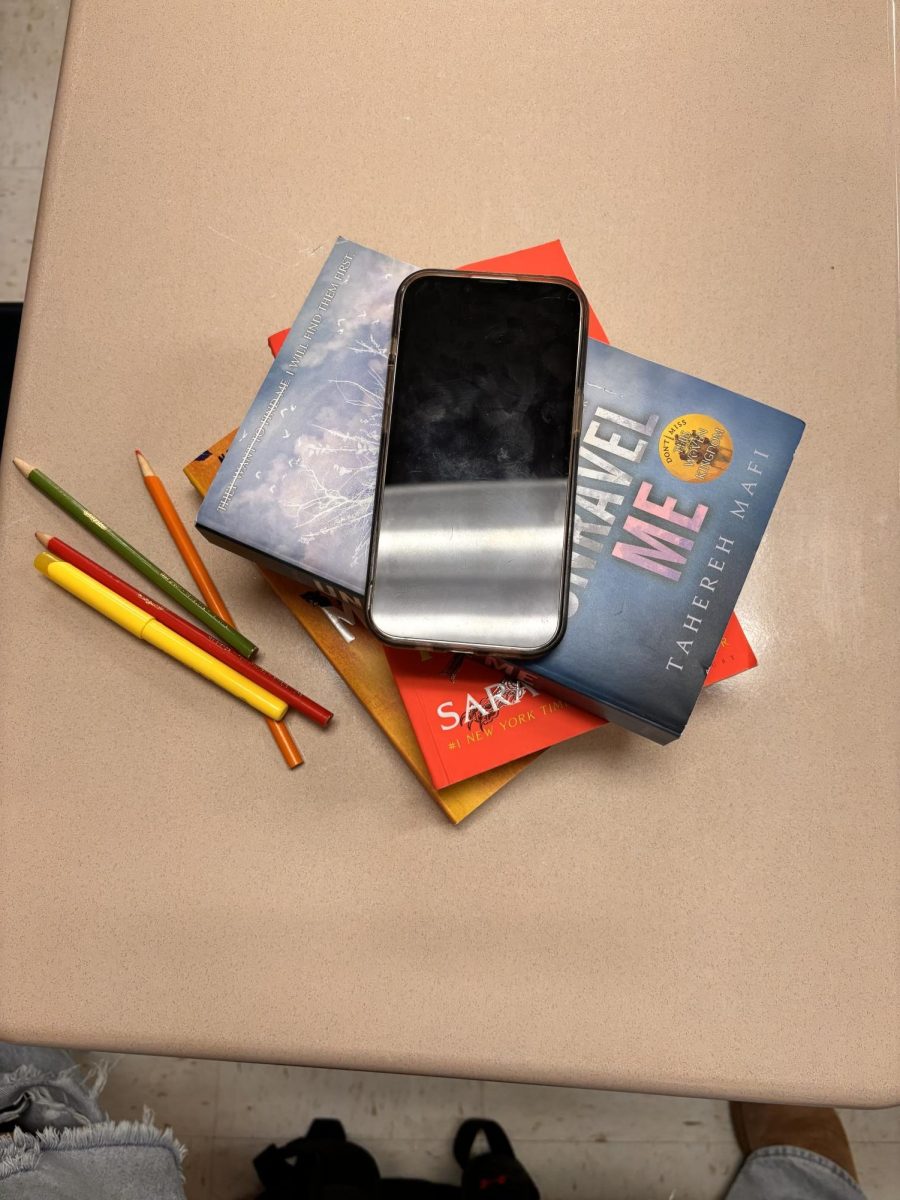According to ERIC, 75.6% of high school students have used substances including cigarettes, alcohol, marijuana, etc. and almost half of all high school students are current users of these substances. Almost twenty percent of these students have a clinical substance abuse problem.
BHS has taken many steps towards fixing the drug and alcohol issues. The school has installed vape detectors in hopes to deter students from using these substances while in school. There are teachers and hall monitors stationed outside bathrooms to monitor substance use through the bathrooms, as well.
Additionally, we have several Board of Education policies that regulate the use of substances among BHS students, providing consequences for every situation. Policy 5533 covers pupils smoking, where the board prohibits all smoking of students through all schools in the SHSD. Policy 5530 covers substance abuse amongst students. These consequences are officially outlined in the student handbook.
As stated in the BHS student handbook, smoking/vaping/tobacco use, trafficking, or possession of any drugs or alcohol are all under the same category. The first offense of this is one day of an in-school suspension (ISAP) as well as meetings with a Student Assistance counselor and treatment program. The second offense is two days of ISAP, as well as meetings with a Student Assistance counselor and treatment program. Each subsequent offense is one day of an out-of-school suspension and meetings with a Student Assistance counselor and treatment program.
BHS, though very thorough with consequences and regulations, is a very strict school district when it comes to punishing students for their drug and alcohol related actions. In comparison to several other schools within the area, BHS pulls students from out of school activities for 30 days for the first consequence of drug use, where most schools pull students only for two weeks. Students are also pulled from activities for 60 days for possession of drugs or alcohol, where other schools average around two weeks. Distribution of drugs or alcohol pulls students from activities for an entire school year, where nearby schools only pull students for two weeks to a month. Policy for use at Bernards also includes a four-day out of school suspension (OSS), which is about average to nearby schools, but Bernards bumps up the consequence to 10-20 days of an OSS for the second offense where schools averagely do not move their consequences at all. The consequences for possession at BHS is a maximum of 45 days of OSS, where other schools have around 4-10 days. The consequences for distribution—or even possessing enough of a substance to qualify as “intent of distribution”—is a 90 day OSS for the first offense, and alternate schooling for any forward offense, where other schools have OSS’s for around 10 days for each.
The student random drug testing policies are also overkill, to the point where they may not even be helping students. The Random Drug testing consequences are just as drastic—if not more so—than those for student on-campus drug and alcohol consequences.
If tested positive through a random drug testing, a student is pulled out of activities for a minimum of thirty days, and have to provide a clean drug test before they can be readmitted. This pulls students out of sports, clubs, on-campus parking, and any and every other activity that they participate in throughout BHS.
This policy is ineffectual, though. The school involves students in activities as an effective way to prevent student drug use. Involving students in activities throughout the school gives students a sense of belonging, which helps deter the students from using drugs. Additionally, the many hours that students spend participating in student leadership roles, clubs, extracurricular activities, and sports are time away from home where they are monitored and involved in their community, which is time spent that they are not doing drugs.
So, why pull students out of activities? It is a form of punishment for students who were randomly caught doing drugs. This policy, though, is hurting more than it is helping.
Students should be allowed back in their activities, and they should not be pulled from them for an entire month. The students are given a sense of belonging and a sense of community through these activities, which they are not receiving when they are suspended from participating in them. Activities deter students from doing drugs, so why should the thing that is helping them be taken away from them?
Student random drug testing has helped BHS students to stop participating in these illegal activities. As outlined in the BOE policy 3351, the random drug testing is meant to promote health and safety, deter drug and alcohol use, and encourage students who use alcohol and drugs to participate in rehabilitative programs. This program has been effective, but for those students who have not been deterred by just this random system, activities may be the only things stopping them from using.








